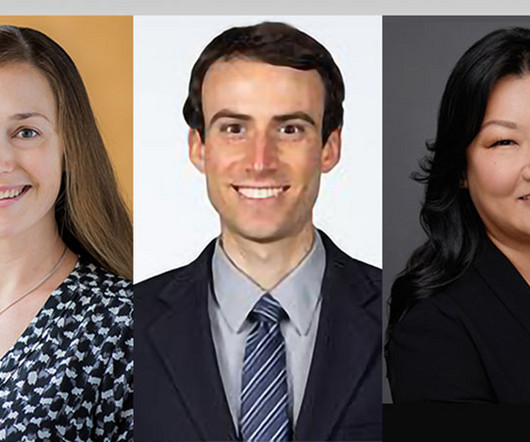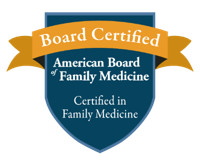PC for Patients with Substance Use Disorder: Janet Ho, Sach Kale, Julie Childers
GeriPal
FEBRUARY 27, 2025
We address: Why is caring for patients with this overlap so hard? Inspired by Dani Chammass paper in Annals of Internal Medicine titled, Wishing for a no show we talk about countertransference: start by asking yourself, Why am I having difficulty? Who follows the patient once the cancer goes into remission?











Let's personalize your content